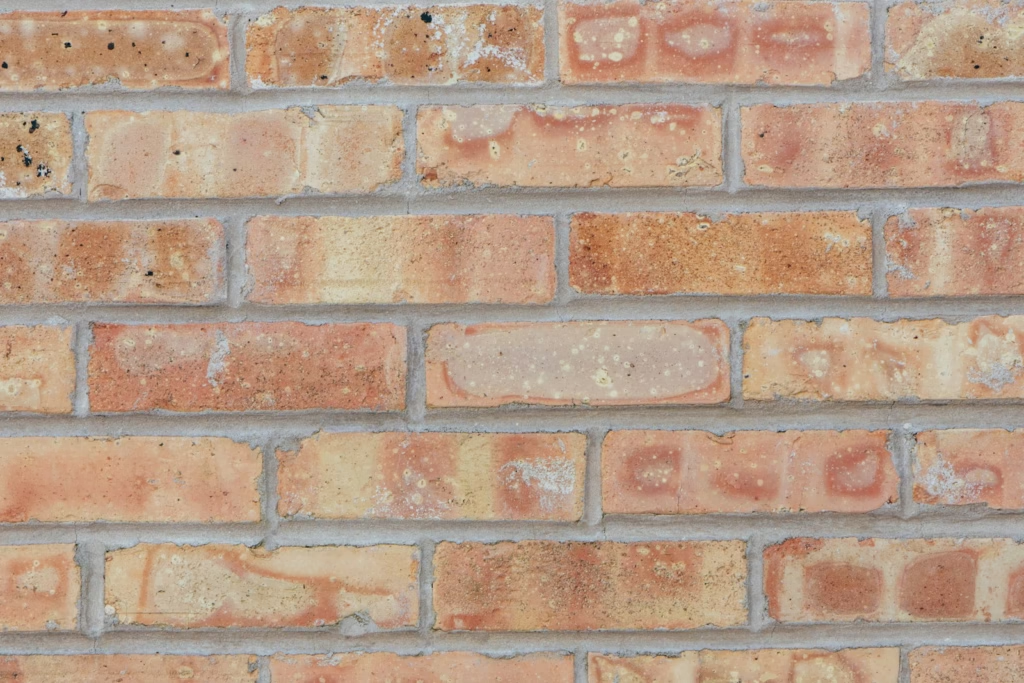Mortar is an essential material in brickwork construction, playing a crucial role in binding bricks and ensuring structural stability. Commonly used types of mortar include lime mortar and cement mortar, each with specific properties and applications. Understanding their characteristics, strengths, and uses is vital for achieving durable and effective brickwork.

Strength of Brickwork vs. Mortar Grade
Contrary to popular belief, the strength of brickwork does not depend on the grade of mortar used. Various mortar mixes, such as M1 and M2, exhibit different strengths, but this does not influence the brickwork’s overall strength. For instance, mortars with mix ratios of 1:6 and 1:4 produce similar brickwork strength when the same bricks are used. This demonstrates that the strength of brickwork is primarily determined by the strength of the bricks themselves.
Importance of Mortar Mix Ratio and Density
The density of mortar is influenced by its mix ratio. A mix ratio of 1:3 for cement to sand or cement + lime to sand results in a dense mortar with fewer voids. This property enhances the overall performance and durability of the mortar in construction.
Advantages of Lime Mortar
Lime mortar, although less strong than cement mortar, offers several distinct advantages:
- Reduced Shrinkage: Lime minimizes cracking due to shrinkage, ensuring better durability.
- Improved Workability and Plasticity: The addition of lime enhances the ease of application.
- Better Water Retention: Lime slows down evaporation and prevents water absorption by dry bricks, maintaining moisture levels.
- Increased Volume and Void Filling: Lime fills voids in the mix, enhancing water resistance.
- Enhanced Bonding: Lime forms stronger bonds with bricks.
- Flexibility: Cement-lime mortar can accommodate masonry movements without cracking, making it less prone to damage.
Strength Characteristics of Lime Mortar
Lime mortar gains strength slowly and has a lower ultimate strength compared to cement mortar. However, mortars made with hydraulic lime provide better and quicker strength than those made with fat lime. Adding pozzolanic materials, such as burnt clay, to fat lime enhances its strength, especially in wet conditions.
Properties of Cement-Lime Mortar
Cement-lime mortar mixes with ratios from 1:4 to 1:8 tend to feel harsh, particularly when coarse, ungraded sand is used. To counteract this, plasticizers are often added to improve workability and plasticity.
Factors Influencing Mortar Strength
Several factors affect the strength and performance of mortar:
- Sand Grading: Proper grading ensures even distribution of particles.
- Fineness and Coarseness: Sand characteristics influence mortar plasticity and strength.
- Particle Shape: Angular or rounded sand particles play a role in workability.
The water content in the mortar mix should be carefully regulated based on these factors. Excess water weakens the mix, while insufficient water reduces workability.
Fineness of Sand and Its Effects
Finer sand improves the workability of cement mortar but increases the surface area, requiring more cement and water. Insufficient cement compromises strength, while excessive water raises the water-cement ratio, further reducing strength.
Importance of Curing
Curing is essential to achieve maximum strength in mortar. Proper curing allows even coating of cement around sand particles, enhancing the durability and performance of the brickwork.
Practical Considerations in Mortar Usage
Mix Ratios
Mortar mixes richer than 1:3 are unsuitable for brickwork as they cause higher shrinkage and offer no significant strength benefits. While stronger mortars result in fewer but wider cracks, weaker mortars distribute stress into fine hairline cracks, reducing damage.
Composite Mortar
Composite mortar, made with cement, lime, and sand, is preferred over simple cement-sand mixes. It offers better workability, plasticity, and reduced harshness.
Comparison of Mortar Types
Lime-based mortars, such as cement-lime mortar, deliver higher brickwork strength for the same mortar strength compared to cement mortar. For example, a cement-sand mix ratio of 1:6 yields a brickwork strength of 5.5 kg/cm², whereas a cement-lime-sand mix of 1:1:6 produces a brickwork strength of 7 kg/cm².
Common Defects in Mortar During Brickwork
Defects often arise due to poor practices, including:
- Improper mixing.
- Excessive water content.
- Thick bed layers.
- High brick suction and low water retention in mortar.
- Uneven joints and voids in vertical joints.
- Disturbance of bricks after laying.
Overly thick joints significantly reduce the strength of brickwork and should be avoided.
Enhancements to Mortar
Adding pozzolana to mortar improves its strength and resistance to chemical attacks. This makes the mortar more durable, especially in environments prone to harsh conditions.
Mortar selection and preparation are critical for the success of brickwork construction. While cement mortars offer strength, lime-based mortars provide superior flexibility, workability, and resistance to environmental factors. Understanding the properties of different mortar types ensures optimal performance, durability, and strength in brick masonry.
